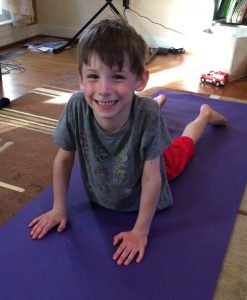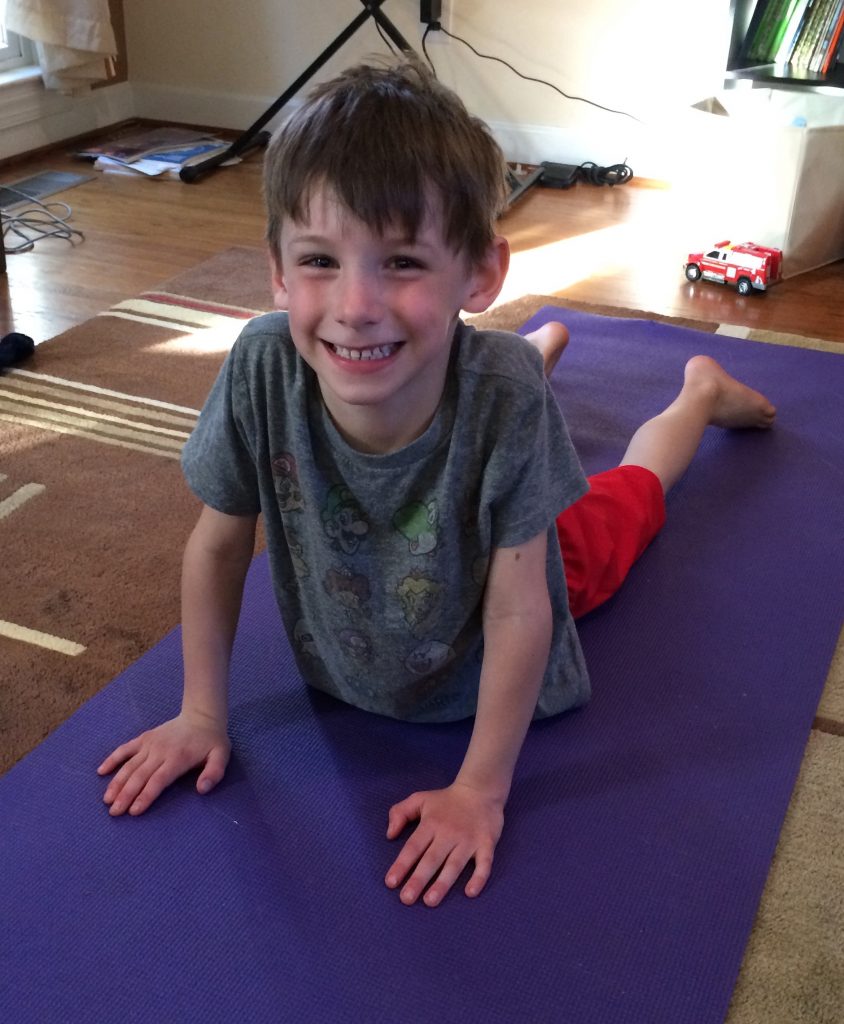Mindfulness is a movement that is making its way into public schools. It is driven by advocates who say meditation and controlled breathing clears minds, sharpens focus, and reduces stress and anxiety. Studies show that mindfulness is a means of improving students’ attention and regulating emotions. It benefits both teachers and students. Studies also indicate that it boosts academic performance. More studies indicate a direct like between meditation and health benefits. John Hopkins claims meditation treats depression, anxiety, and pain.
Mindfulness, Meditation, Yoga
By definition, ‘mindfulness is a mental state achieved by focusing one’s awareness on the present moment, while calmly acknowledging and accepting one’s feelings, thoughts, and bodily sensations.’ It is simply being more aware and paying attention to whatever is here in the moment. It’s being so aware of the present that a person is able to take a step back and change a knee-jerk reaction. To do something in a different way. To take a breath. This is where meditation intertwines with mindfulness.
According to a study by Sarah McKay, an Oxford University neuroscientist, “Studies show that grade-school-aged children who learn mindfulness and meditation are more focused and resilient. It helps settle them down and improves concentration, particularly if done before school or after lunch breaks.”
Schools practicing yoga also reap the benefits of students becoming more aware of the moment. They have an awareness of their bodies and their breathing. Yoga exercises are great for becoming more mindful because students are able to change the focus of conditions that are beyond their control. They become less reactive to irritating and distracting noises or conditions.
These practices actually change the way the brain responds to negativity. The brain becomes less reactive and more resilient. There are easy ways to begin mindfulness, meditation, and/or yoga in the classroom or at home. Simply, find a comfortable sitting position or lie down. Close your eyes and think about something you like. Hold that thought in your mind and take slow even breaths. Sitting comfortably and concentrating on a small sound in the area is also an exercise that will calm the mind.
In today’s changing world, adults and children must learn to cope. They need to focus on the present in order to understand the future. Today’s education system must take steps to help our children deal with the present so they become productive adults.




